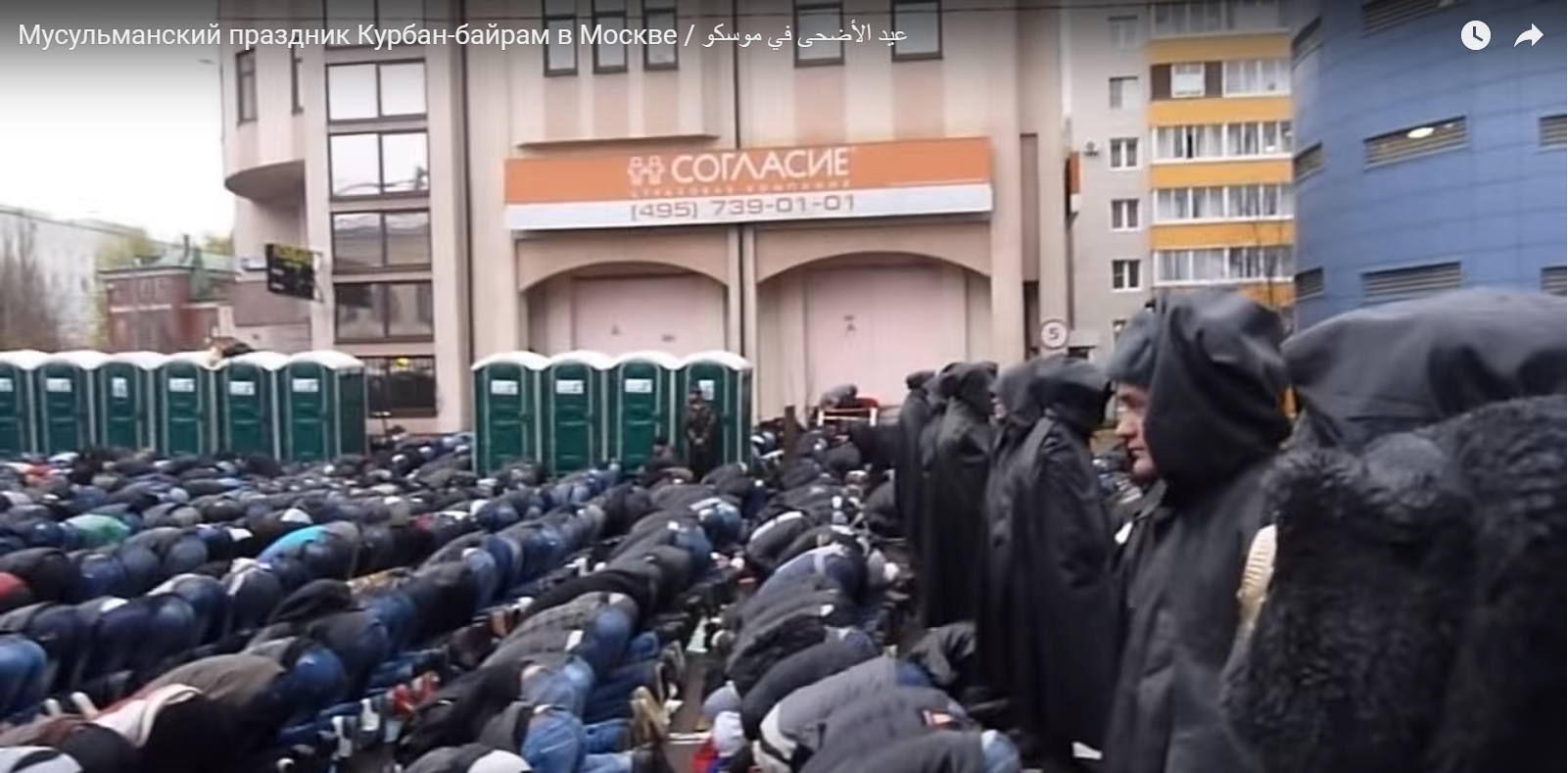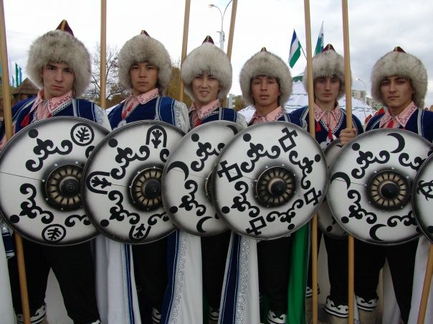The West and Ukraine continue to support the Russian opposition rather than the national movements inside the current borders of the Russian Federation, thus repeating the mistake the United States made in 1991 and one exemplified by US President George H.W. Bush’s infamous “Chicken Kiev” speech.
On August 1 of that year after meeting with Mikhail Gorbachev in Moscow, the American leader told Ukrainians that “the pursuit of independence is a form of suicidal nationalism,” a reflection of the West’s approach to the Moscow-centered state then and to the Moscow-centered state now, Ukrainian commentator Pavlo Podobed says.
In the weeks that followed Bush’s remarks, the national movements in the USSR proved to be far stronger than the democratic opposition. The Soviet Union crumbled and despite the hopes of the West, neither Russia nor most of the successor states became democratic in more than name only.
Unfortunately, Podobed continues, this tradition continues and not just in the West. “Up to now, even Ukrainian politicians link the future of Russian-Ukrainian relations with Alexei Navalny and not with the supporters of independence” in various parts of the Russian Federation.
There are at least three reasons why this is the case, he suggests.
First, Ukraine like the West in 1991 and now overrates the possibilities of the democratic opposition in Russia. It is not nearly as strong as many want to believe; and despite Putin’s campaign against the non-Russians, the latter have greater potential than most think.
Second, when Ukraine or the West think about the nationality issue in Russia, they focus on the North Caucasus, which puts them off. On the one hand, the region is violent; and on the other, it is Islamic. And for both of these reasons, Kyiv and Western capitals shy away from giving it support.
And third, Moscow has successfully presented itself as a defender of national rights by a clever strategy of appearing to support the micro-nations under its control, peoples like the Saami or Izhors, while it does everything in its power to assimilate and weaken larger nations like the Tatars that might threaten its control.
Ukraine needs to focus on the Middle Volga (Idel-Ural) and especially on Tatarstan which despite the weakening of its national movement still represents a serious “headache” for Moscow given its central location and the continued influence of Tatar nationalists both at home and in emigration.
Most people assume that Idel-Ural cannot go anywhere because it does not border on a foreign state, but that is a mistake, because the fact that none of its component parts does is the product of Moscow’s imperial strategy rather than some natural phenomenon, Podobed suggests. And thus one can imagine that this will change.
He thus focuses on “the Orenburg corridor” that the Soviet state created and that the current Russian regime has continued.
1. The ‘Orenburg Corridor’ and the Future of the Middle Volga,
2. Kyiv Must Support Idel-Ural Peoples by Focusing Attention on Orenburg Corridor, Podobed Says, and
3. Moscow Analyst Denounces Kazakh Interest in ‘Goble Plan’ on Orenburg Corridor.
Podobed’s summary of this issue is especially useful. He writes: “In the period between 1919 and 1925, Bashkortostan and then all Idel-Ural had a common border with the Kyrgyz ASSR as Kazakhstan was called at the time. However, already in 1925, the Bolshevik leadership took the Orenburg Gubernia out of Soviet Kazakhstan and transferred it to the RSFSR.”
“The capital of Kazakhstan was shifted from Orenburg to Kzyl-Orda (up until 1936, the republic had another name, the Kazakh ASSR). Thus arose the Orenburg corridor which divided the two republics” from each other, the Ukrainian commentator continues.
“At first, the corridor separating Kazakhstan from Bashkortostan was only 30 kilometers in width. Worries about the excessive ‘friendship of the peoples’ between the Bashkirs and Kazakhs forced Moscow several times ‘to clarify the borders.’ As a result, the corridor was widened to almost twice its original size.”
“Today, the Republics of Idel-Ural do not have a way out to foreign borders, but the distance between the southern border of Bashkortostan and northern Kazakhstan is about 50 kilometers.” What Podobed doesn’t mention but that may matter a lot is that northern Kazakhstan is becoming ever more Kazakh and Orenburg is becoming ever less Russian.
Read More:
- Moscow hides its effort to weaken larger non-Russian nations by playing up its support for smaller ones
- Protesters at Moscow consulate in Kharkiv demand freedom for captive nations in Russia
- Moscow sanctions Ukrainian parliamentarian who called for defense of rights of Middle Volga nations
- Free Idel-Ural Movement takes shape in Kyiv
- Hungary’s Jobbik Party shows itself to be Putinist, not Hungarian nationalist
- US, Ukraine said behind efforts to split Russia by reviving Urals Republic






